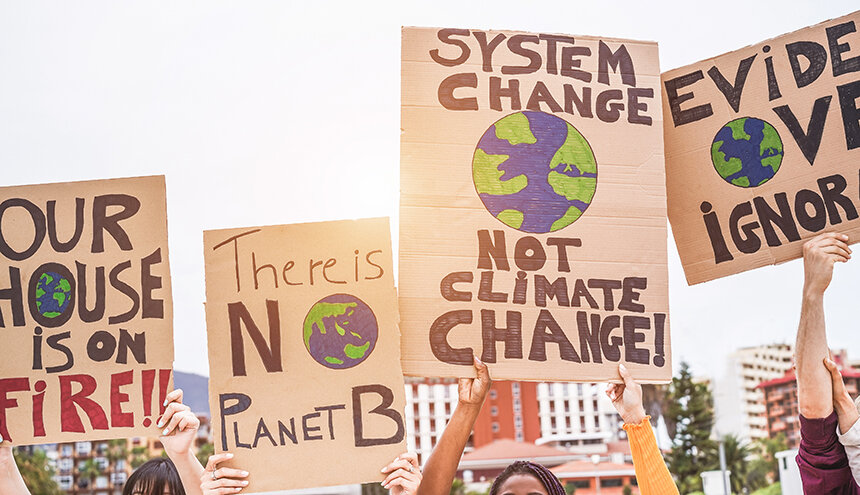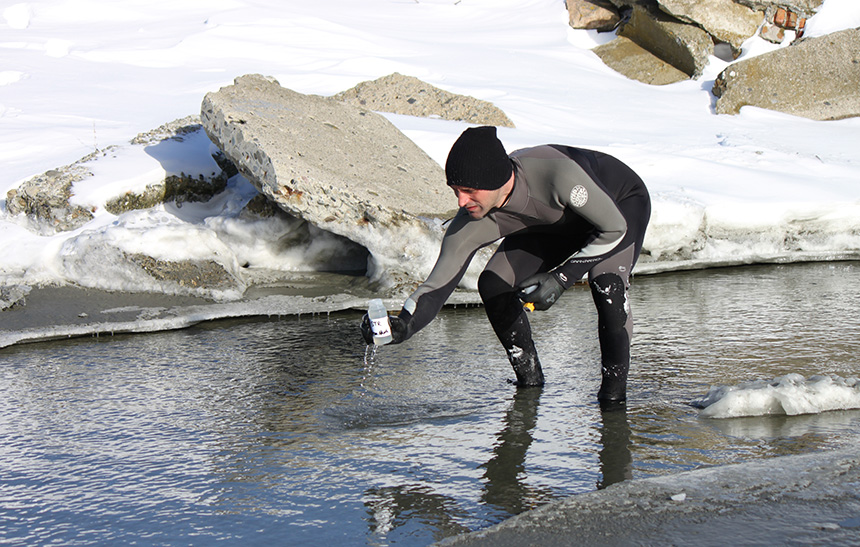To Deal with Climate Crisis, Society Needs to Address Disconnect Between Energy and Health
October 2, 2020
As the planet spins into a deepening climate crisis, energy is one of the key topics on the table when it comes to mitigation. But much of the discussion, be it about solar power, wind energy, or geothermal energy, often lacks one critical perspective: equity.
Let’s face it, when it comes to energy efficiency, it’s usually white, middle- and upper-class families who are the ones slapping solar panels on their homes and installing geothermal energy systems. Many others can barely afford their energy bills.
According to a 2016 study by the Energy Efficiency for All and the American Council for an Energy-Efficiency Economy, the overwhelming majority of those facing high energy burdens are renters, single-family and multi-family low-income households, and households of color.
Plus, lower-income households often live in older houses and face higher energy costs than those who can update their energy systems. The aforementioned study found that these households “spend, on average, 7.2 percent of their income on utility bills, which amounts to about $1,700 annually out of a $25,000 median income household. That is more than triple the 2.3 percent spent by higher income households.”
At COVID-19 Crossroads: Achieving Equitable Health Outcomes through Energy Efficiency, a Sept. 24 symposium hosted by the University of Rhode Island Cooperative Extension, experts from around the state and country discussed options for building a future with renewable energy that puts equity at the center of that construction.
“Now it’s time to react and adapt,” said Reilly Loveland, a project manager for the New Buildings Institute in Portland, Ore. “We need to do all of this equitably. As a design community we need to completely re-evaluate the systems in place, we need to analyze who benefits from these systems, who gets things like utility incentives … who can actually upgrade their homes. But in order to revamp these systems, we need to engage with the communities affected, we need to be participating in their processes, instead of in our process.”
Other speakers noted the connection between health and energy, and how lower-income communities of color often suffer the worst health impacts as a result of not being able to afford their energy utilities and from facing the effects that not having heating or cooling can bring.
“In Rhode Island, we’re really seeing how energy efficiency is impacting every single area of a person’s life, whether it be health, housing, and education,” said Angela Bannerman Ankoma, executive vice president and director of community investment at the United Way of Rhode Island.
Ankoma noted that when it comes to calls to the organization’s 211 help line, the second-most popular area where people ask for assistance is with utilities.
“Last year we received 56,000 calls for utility assistance,” she said. “I always say that calling 211 is like the layers of an onion. You call and say you have an issue with utility assistance, but oftentimes there are other needs, housing needs, food needs, and health needs. Oftentimes the utility burden is impacting all other areas of the resident’s life.”
And not being able to pay utility bills not only affects people’s physical health, but also their mental health.
A 2016 paper published in the International Journal of Housing Policy found that discomfort caused by a lack of heating or cooling, as well as fuel poverty, can have negative mental health impacts. Conversely, the paper stated that energy efficiency that targets fuel poverty can improve mental well-being.
“Funding energy efficiency, not just paying bills, but physically changing the infrastructure has health benefits for occupants,” said Ellen Tohn, an environmental and health consultant.
But with recent approval by the state of Rhode Island to allow National Grid to increase electric costs from 8.3 cents per kilowatt-hour to 10.4 cents, it seems that infrastructural change will be slow in coming. In the meantime, people’s mental and physical health will suffer.
“The perspective from the traditional health systems is that people come to a clinic and the people in the clinic respond to whatever symptoms or conditions or complaints that they present … and it really needs to move outside of that role if it’s going to make a difference,” said Kevin Kennedy, environmental health program director at Children’s Mercy Kansas City. “Seventy-five percent of the money our nation spends on health care goes towards chronic diseases but less than 1 percent of health-care dollars are spent on public-health efforts. It is a big disconnect in our system.”




How does "equity" pertain to a homeowner considering solar panes? If they are well to do and white should they refrain from using solar because poor people cant afford solar panels?
As for National Grid rates (really pass-through of energy costs) we need to be careful of promoting low rates at the expense of grid maintenance. One suggestion I’ve always made is "lifeline rates" where the first amount of electricity used is relatively low in cost to make a reasonable use of electricity affordable, but use in excess is much more expensive – both to cover the costs of providing electricity and to incentive conservation for all regardless of income level.